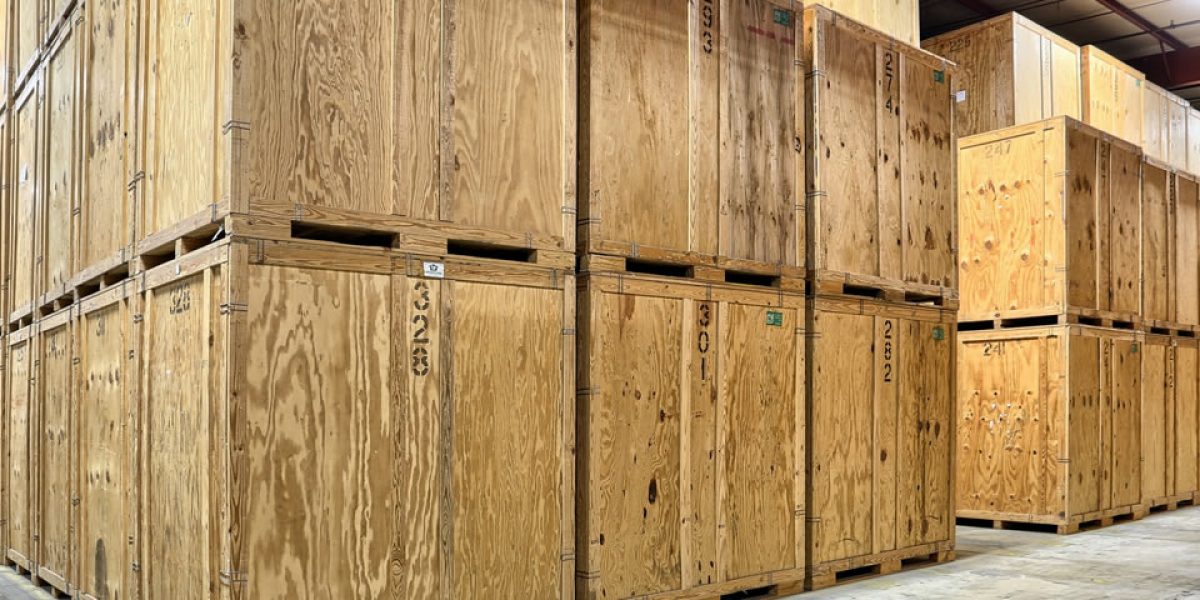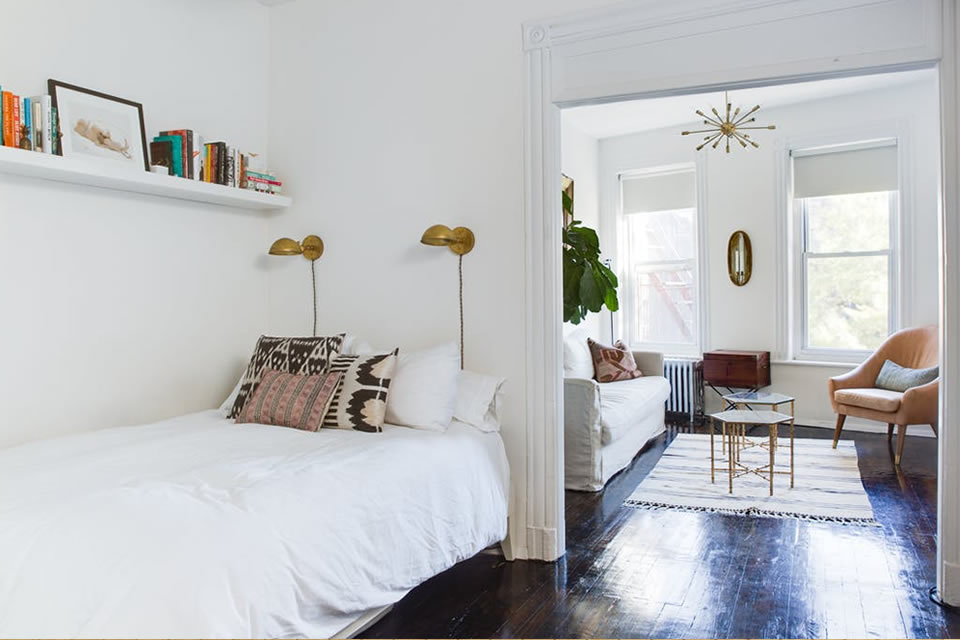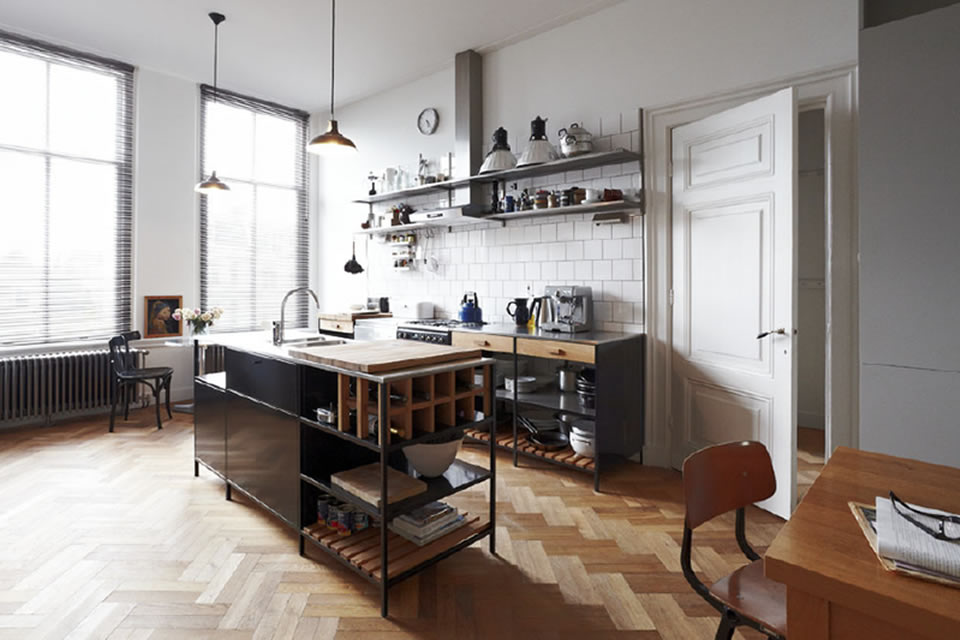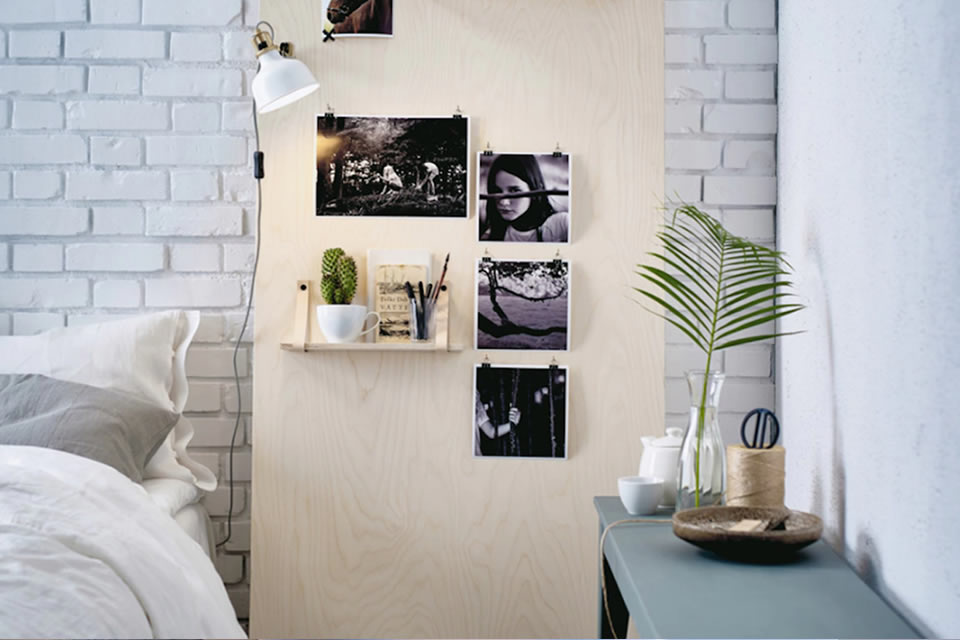Packaging and storing furniture is often necessary when you want to de-clutter your home or make some extra space available within your home. If your furniture is stored for more than a few weeks in a facility without climate control, you must carefully wrap the items to ensure their longevity.
Wood furniture dries out, musical instruments deteriorate, fabrics fade and electronics fail when exposed to extremely cold or hot temperatures. Careful packaging preserves and protects your belongings.
- Disassemble wooden furniture to reduce any chances of damage.
Remove table legs, headboards and foot-boards. Store the screws in labeled baggies, so reassembly is quick and easy. Clean and wax wood furniture to provide extra moisture in a storage unit that isn’t climate-controlled. Store belongings in wooden dresser drawers and place a cloth over the items to reduce dust. Remove the drawers from the dresser and store them separately if space permits. Place wooden furnishings away from the door in case rain seeps in.
- Clean fabric sofas, chairs and mattresses before storing to reduce the possibility of mold or mildew.
Wipe the surface with an antibacterial cleaner that is safe for fabrics. Allow plenty of time for the cleaners to dry before storing upholstered furniture in a storage unit. Place padded covers or blankets over furniture to protect it during the move and guard it against scratches or damage in a storage bin.
- Wrap wood furniture and upholstered furnishings with plastic wrap or something similar.
Use masking tape to secure the plastic, making sure that the tape doesn’t adhere to the furniture. Apply double layers of plastic sheeting to furniture if the unit isn’t climate-controlled. Plastic sheeting also protects your furniture from wood-burrowing insects and rodents.
- Store electronics and televisions in their original packaging.
Wrap cords in bubble wrap and store them along with electronic devices in the original packaging. Fill empty spaces in each box with bubble wrap or foam peanuts to provide a barrier between the electronic device and other stored items. Keep electronics off the floor of the storage unit to guard against moisture.
- Polish metal furnishings made from brass, silver or nickel to prevent oxidation in a non-climate-controlled storage unit.
Wrap the items in plastic sheeting or shrink wrap to protect them from dust, heat and arid conditions. Store silverware in its original box.
- Protect furniture, electronics and metal accessories by moisture-proofing the storage unit.
In areas where fog is likely to occur, a moisture barrier is essential. Cover furniture with additional blankets and furniture pads to protect it against moisture damage, mold, mildew and water stains.
Things You Will Need (Optional Extra)
- Plastic sheeting or shrink wrap
- Packaging tape
- Blankets ( Provided by Simply Store )
- Padlock
Tip
- Careful packaging of furniture and electronics also protects them against contact with other boxes and furnishings during the move.
Warning
- Avoid storing heirlooms and antique furniture in a storage facility that doesn’t offer climate control. Original stains, paints and materials may deteriorate when exposed to extreme temperatures.








